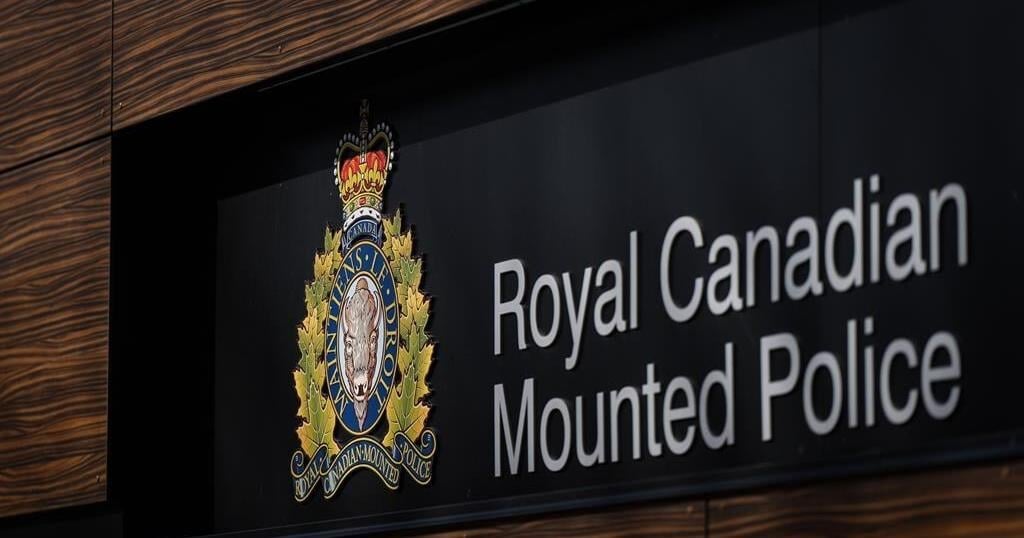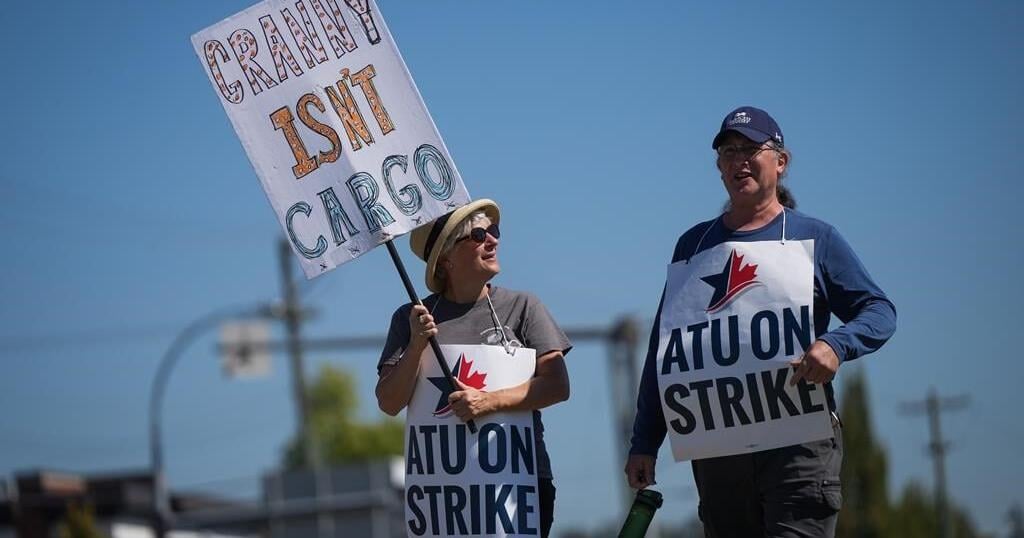VANCOUVER – Standing on the edge of an open aircraft hatch, a smokejumper in a pale yellow suit steadies himself before rocking back then swinging out the door and vanishing as gravity takes over.
“Jumper’s away,” someone inside the plane yells as the video pans outside the window, where smoke billows toward the sky from a wildfire below.
The footage is from last year at the start of what would soon become the busiest smokejumping season in the 25-year history of the program.
Smokejumpers, also known as parattack crews, are wildland firefighters who are trained to parachute from fixed-wing aircraft, called “jumpships.”
The job is thrilling, and like all firefighting comes with an element of danger, said veteran B.C. smokejumper Tom Reinboldt.
But with rigorous training, he said, the goal is to “take what seems ultra-extreme and make it seem mundane.”
Once on the ground, the firefighters might battle a blaze using water from a natural source, or perform other firefighting tasks like tree felling or conducting controlled burns.
The BC Wildfire Service said there were “165 operational fire jumps in 2023, more than doubling the previous record of 82.”
Reinboldt said this season is a “continuation of last year.”
“It’s not quite as busy as last season, but a lot of those fires burned over the winter,” he said, adding that while there haven’t been nearly as many “initial attack starts” as there were in 2023, crews have been seeing the same types of fire behaviour.
The BC Wildfire Service said on Wednesday that they have been rapidly deployed this week to cover a surge of newly discovered fires.
There are only two parattack bases in Canada and both are in B.C.’s Prince George Fire Centre, one in Mackenzie and the other in Fort St. John, employing 60 smokejumpers.
Greg Jones has been jumping for 11 years and now holds the title of wildfire technician spotter with the Omineca Smokejumpers.
“Pretty well every crew has been busy already this year,” said Jones, based out of Mackenzie. “Not flat out like last season (was) yet, but it’s been steady.”
The secret to their usefulness, Jones said, is the specialized aircraft that allow jumpers to be anywhere in the province in less than two hours.
“Airplanes give us some flexibility,” he said. “The trade off there is, of course, you can’t land airplanes in the wilderness so that’s where the parachuting comes in.”
As a command spotter, a main role of Jones’ job is to assess wind conditions before deploying jumpers.
Wind drift indicators, or “streamers,” are tossed out of the plane by spotters. The seven-metre lengths of red and yellow crepe paper flowing in the wind allow the spotter to determine how to safety deploy jumpers.
Once a location is determined, jumpers in protective Kevlar jumpsuits and caged helmets are sent out one or two at a time. The plane will circle until the jumpers are safely on the ground before more crew members are deployed.
Supplies including camping gear and food and drinking water for 48 hours are also dropped by parachute.
Jones said the firefight begins once crews are on the ground, and while their plan varies depending on the fire, they work “like every other wildfire crew.”
“(It’s) some combination of either suppressing the fire directly with water and co-ordinating aerial resources using pump hose, or removing fuel from the fires path whether through ignitions or heavy equipment,” he said.
“Crews are self-sufficient out in the field or on incident for 48 hours, and then following that, they can be resupplied as needed, whatever makes most sense,” he added.
Jones said it is predetermined how the firefighters will get themselves out of a site. Sometimes, he said, they walk out. Other times, they have to clear enough space to allow a helicopter to collect them. He said he’s even been extracted via boat before.
Reinboldt, who has been jumping for nearly four decades and is now based in Fort St. John, was instrumental in the implementation of parattack crews in B.C.
The program has tripled in size since it began in 1998.
“When we first started, we would get (between) 10 and 15 missions a year. Now an average year is probably about 50, a really busy year is 80, and last year was (about) 170.”
Reinboldt held senior management positions for most of his career, but said he made sure to jump at least once a year.
“I used to take my vacation to jump, so I enjoy it,” he said.
After officially retiring last December, Reinboldt said he lasted about four months.
“It’s a very in-the-moment job, which is what I think a lot of people seek it out,” he said. “There’s not a lot of time to think about bills you have to pay or little issues that are bothering you. You have to be very focused on what you’re doing when you’re jumping out of an aircraft into a forested area that has a wildfire.”
Reinboldt said the thrill and camaraderie with other crew members has kept him coming back for more than 36 years.
“After you’ve done it enough, it’s no longer a fear thing (and) it’s more of a performance anxiety, combined with that ‘in-the-moment’ part that you like, but really, it’s being on the firelines with the crews,” he said.
All firefighting is dangerous, so training is essential, he said, noting it’s no different than any other firefighting unit.
Both Jones and Reinboldt say there’s a misconception that the crews are only used to access remote areas.
“That’s part of what it does, but the main reason we do it is speed, range and payload,” Reinboldt said. “It’s a very quick way to get personnel and equipment to a fire and the parachutes. It’s just a solution to a problem.”
Though B.C. is now the only province that employs smokejumpers, their history elsewhere in Canada dates back to the mid-20th century.
Reinboldt said Saskatchewan, the Northwest Territories and Yukon — where he began his smokejumping career — all had programs that have since folded.
He said the program in B.C. has exceeded his expectations, but still has room to grow.
“The ability to have medical response,” he said when asked what he hopes for the program’s future.
For now, they are focused on the numerous fires burning across B.C.
Reinboldt said he’s excited to get back jumping and smiled at he reflected on a conversation with a friend about the job.
“And every once in a while, whether it’s a sunset or whatever, there’ll be a perfect moment. He said smoke jumping has an above average number of perfect moments.”
This report by The Canadian Press was first published July 20, 2024.
























